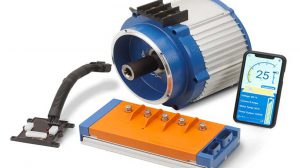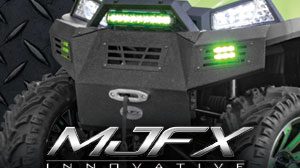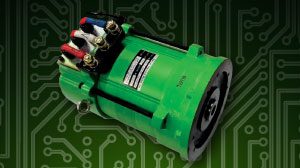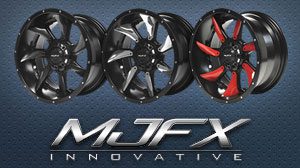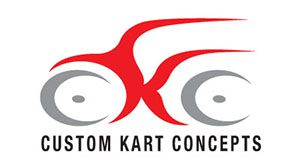By: Matt Vallez
This article first appeared in September /October, 2004 issue of Golf Car News Magazine, it has been updated, fact checked and reprinted for this issue.
Over the last few years dealers have been “beefing-up” or making high amp modifications to their electric golf cars. It started with a motor or field coil change, then the controllers. Then the motors started to get even larger. This meant larger, higher amp controllers. It soon became necessary to have 4-gauge wire to put it all together so that nothing would melt.
All these modifications allow, or require higher amperage to flow through the power wiring to the primary electric components. The problem is that one part is often overlooked during this “beefing-up” process, the F&R switch.
I was speaking to the brains behind EV Parts Inc. Roderick Wilde and discussing how interesting the things he has done with electric cars, (mostly for racing purposes, go to: www.suckamps.com) to come up with a hot topic for this months article. He and I both agreed that the F&R switch is the most overlooked part when “beefing-up” or high amp modifications to an electric car. Although this is not as exciting as modifying an electric postal jeep to reach speeds of over 100 MPH, it is a hot topic, literarily.
Cars are often modified with the stock F&R switch unchanged except to connect a smaller gauge or thicker power wires to them. This is unacceptable and will only cause problems somewhere down the line. A mechanical F&R switch has a hard enough job as it is. It is always “on” so to speak; current is always passing through it. Your F&R switch is a circuit between the controller and your motor, and they must be capable of the same amp load. Once the switch is shifted from one direction to the other, it first passes through a natural point, so as not to ark before reversing the polarity to the field coils. Otherwise the load is constant.
These switches were designed to handle the stock amps, not the new level. Think about it, you just installed a 500-amp controller. That means that if required your controller will send 500-amps to the motor and that means 500 amps right through your F&R switch. The original system is capable of handling about 350-amps peak, if that.
The simplest and least expensive way to handle the additional amp load is to modify a stock F&R switch to handle the load. The weakest part of these switches is the bus bars. On an E-Z-GO switch they are between the contacts on the cam, or part that moves. These bus bars are thin and not made to carry large amp loads. Just replace them with some 3/16 inch thick by ½ inch wide copper bar and you’re off to the races.
The first time this article was published we only spoke of overlooking the F&R switch. It is of equal importance to upgrade the solenoid to a level that matches your system and specifically the amperage rating of the new controller being installed. A solenoid that is not matched has the potential to cause more trouble than even the F&R switch. The solenoid is the on off switch of the system, if you are passing an amperage that is higher than it is designed to handle it has the potential to fail. This failure could be in the on position, or more precisely, the can’t be turned off mode of failure. A failure like this could be damaging to the system because it will need something to melt to the point where electric current flow is stopped before it will shut down. Such a failure can be a complete loss of the golf car if left unattended.
Next time you are making a “beefed-up” or high amperage electric car remember the F&R Switch and the solenoid. Because your “beefed-up” electric car is only as good as its weakest part, so make sure that’s not the F&R switch or the solenoid.





